In the previous post, I compared the performance at 200mm of the Sony 70-200mm f/4 G OSS FE to the Nikon 70-200 f/2.8 GII ED, with both lenses used on a Sony a7RII camera. In this post, I’ll do the same for the case when both lenses are set to 70mm.
The overall scene:
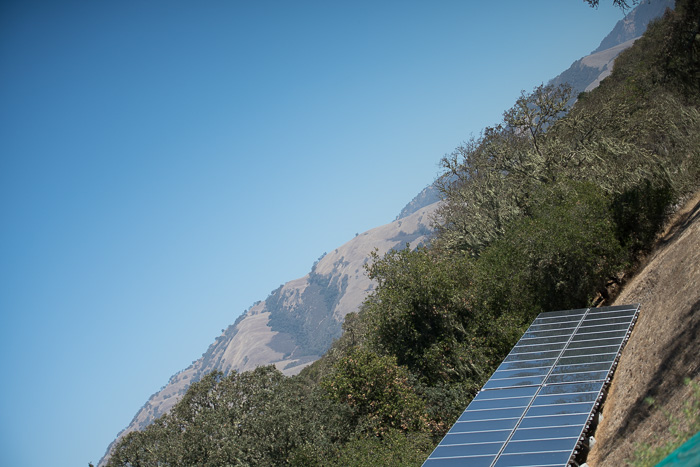
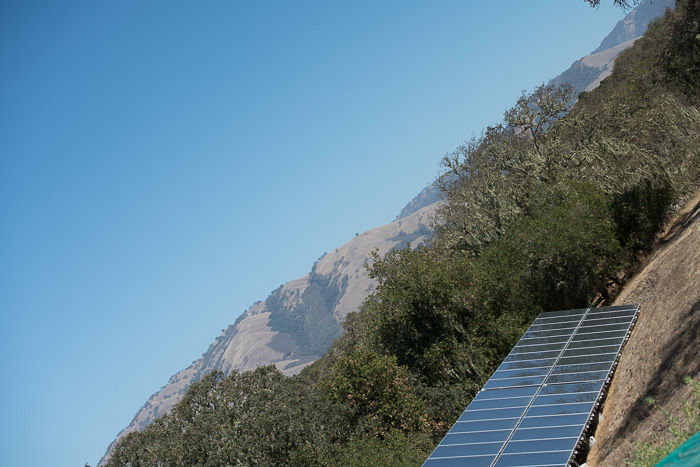
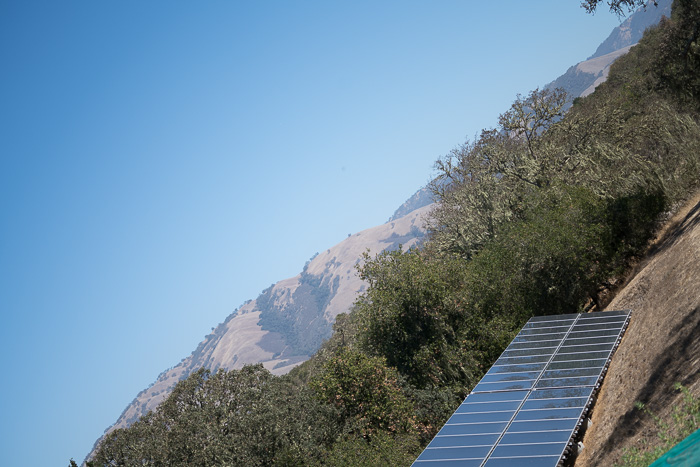
As you’d expect, there’s more falloff in the Nikon images at f/2.8 than at f/4. The Sony and the Nikon falloff at f/4 are similar. All of the falloffs are minimal.
The centers, at 300%:

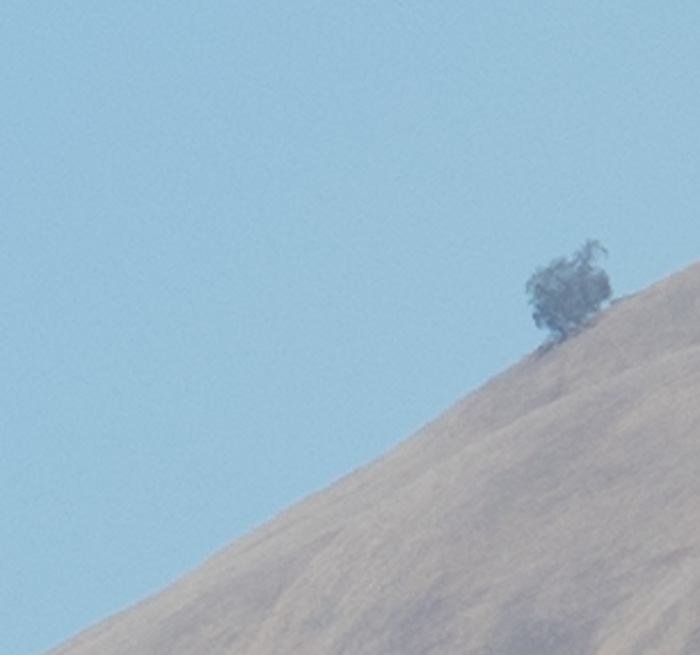


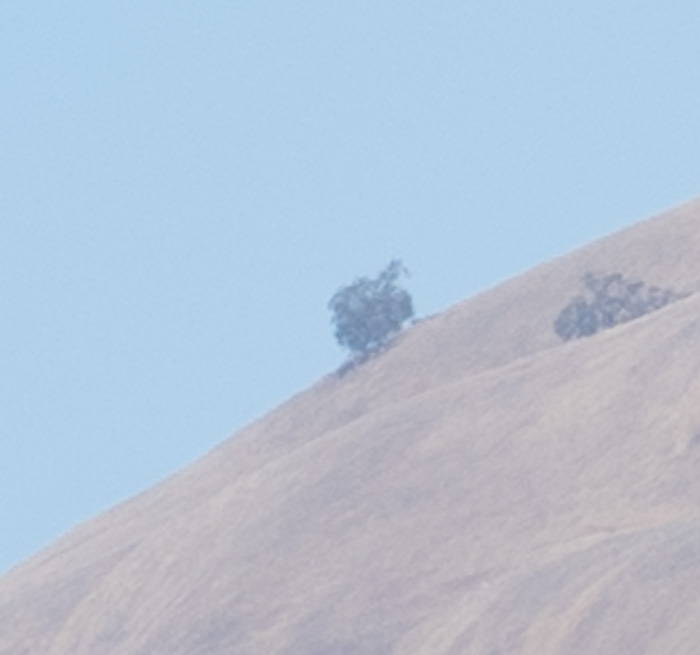

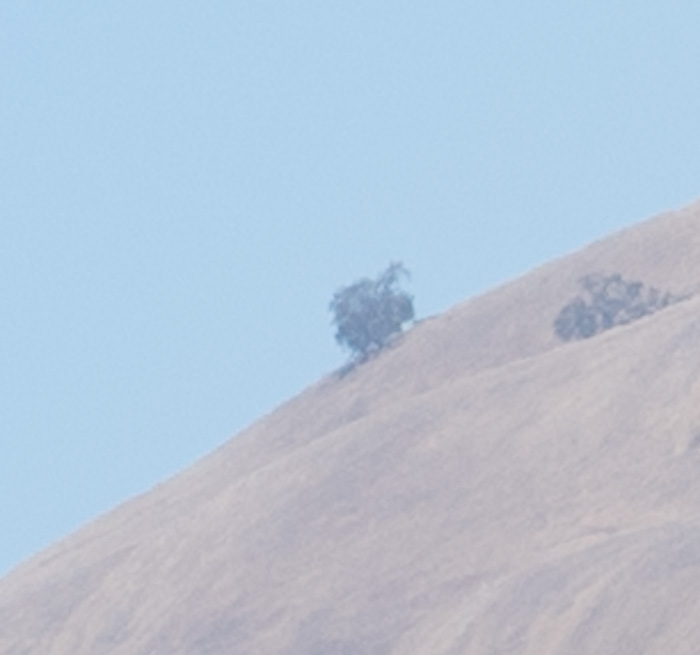
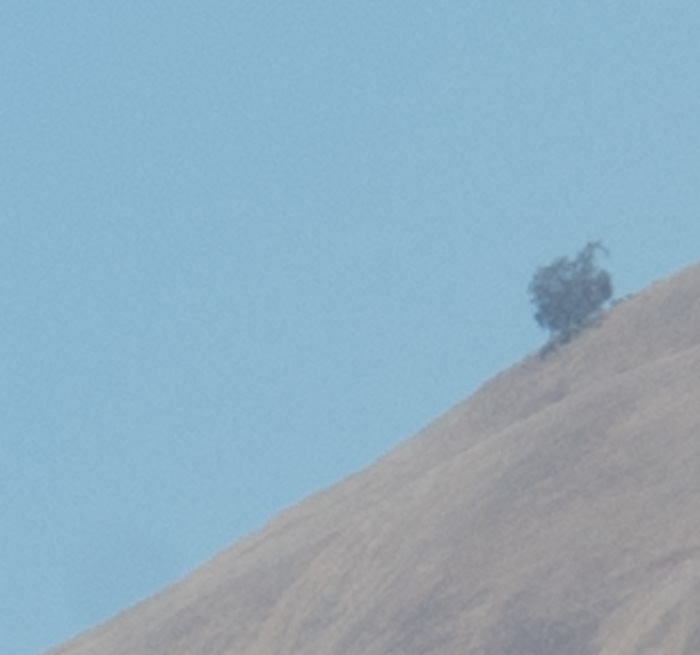
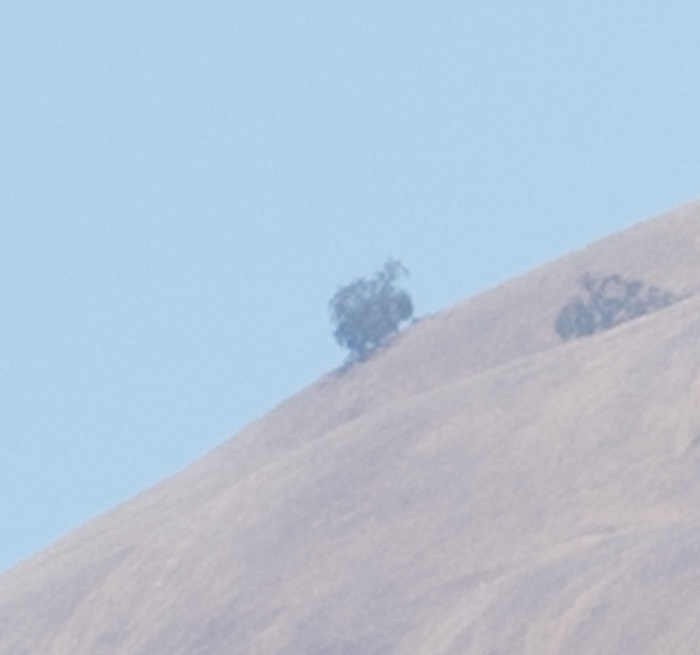
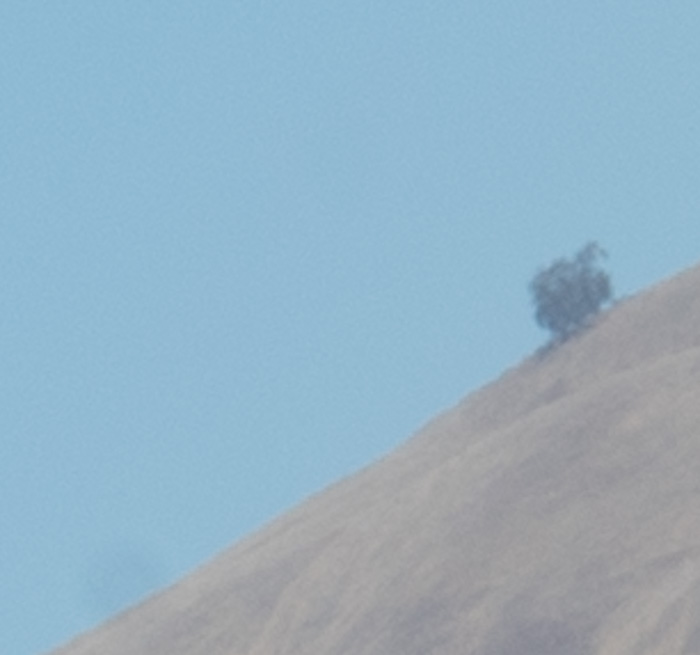
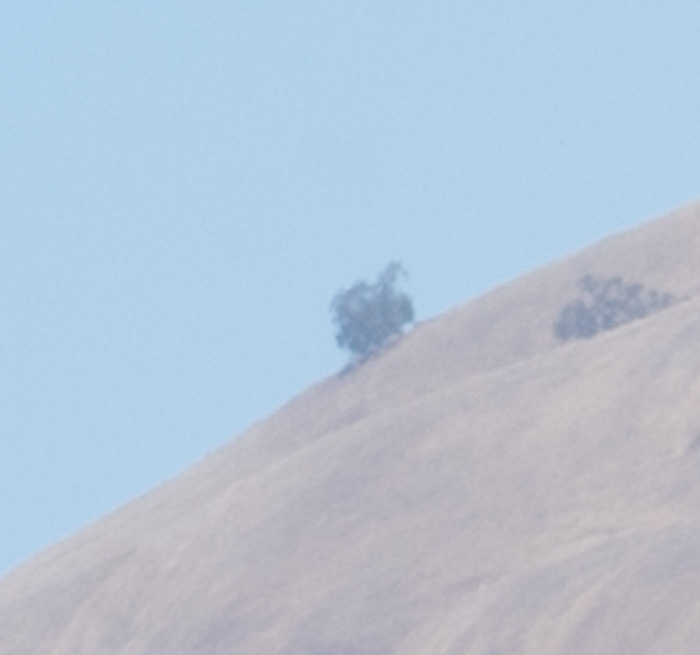
Not a lot of difference.
In the corners:


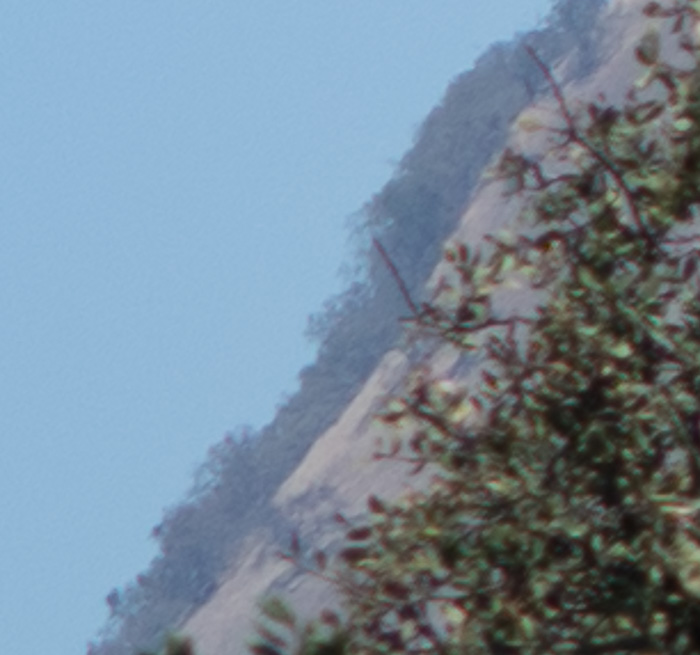
The trees on the right are about 100 yards away from the camera, and the hills in the background where the camera was focused, are several miles away. So it’s probably not a good idea to look too hard at the near trees; since they may be slightly out of focus, especially in the f/2.8 image. Look at the far hills. When you do that, you’ll see that the Nikon is blurred at f/2.8, and the Sony and Nikon are close at f/4, with the Sony being a bit sharper.
It’s fair to look at the near trees as the lens is stopped down, however. They provide a high-contrast target as a counterpoint to the low-contrast one offered by the far hills.

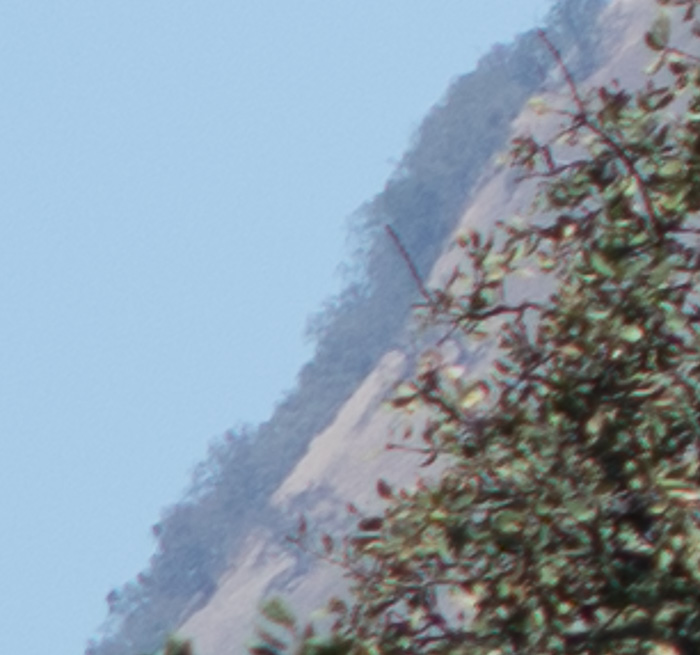
The Sony has mote contrast.



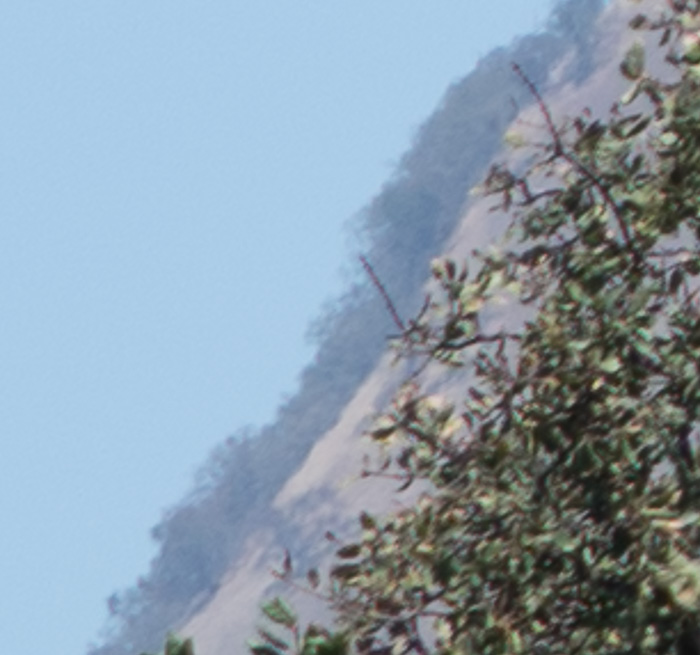
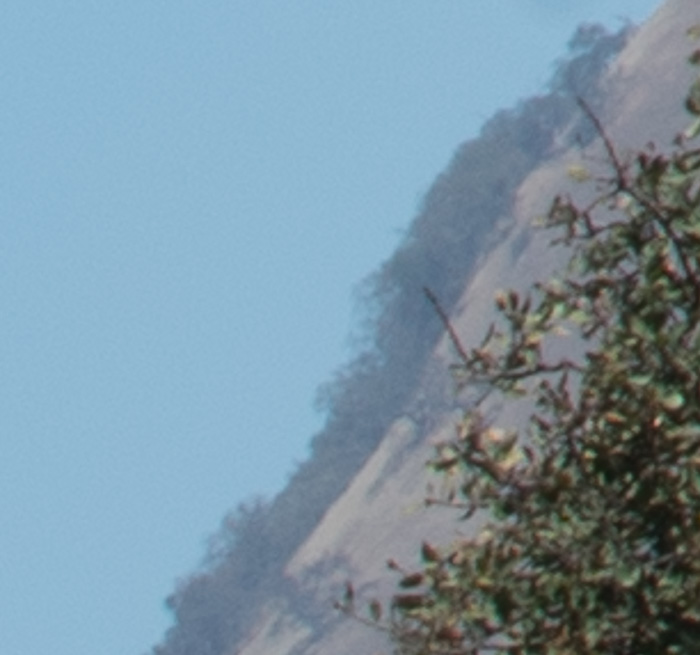
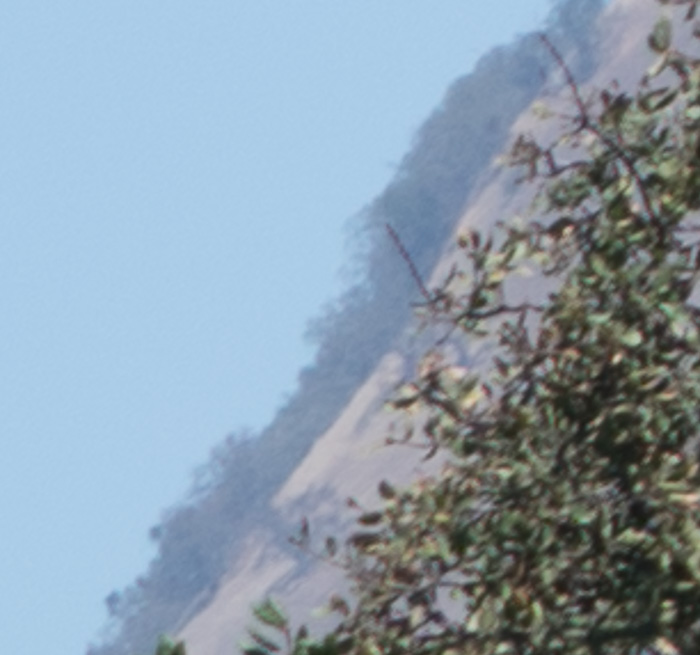
I don’t see much image quality difference here. I also made aperture series at 135mm and 100mm, but I think I’ll spare you the effort of looking at them, and me the effort of posting them. There’s not anything new to be gained from looking at them.
Interesting.
The Nikon f4 zoom is by all accounts a little better than the f2.8; and so is the canon MkII f2.8 zoom.
So I guess they might be a touch better than the Sony; but not enough to make me want to hassle with AF adapters and slightly greater length including adapter…
I agree. I’m not saying that either lens is in the same league as a good prime:
http://blog.kasson.com/?p=9872
However, I think when you put a zoom on your camera, you’re saying that there are other things that are important to you besides image quality, and, if that’s true, there is a place for zoom lenses. Convenience is a big part of the equation, and using native lenses is certainly more convenient. So, I think the decision on whether to use the Sony 70-200 is pretty simple knowing that its IQ is in the same ballpark with the Nikon.
Exactly.
I find the f4 sony plenty good enough for when the convenience outweighs the slight IQ penalty – it’s really very good.
But when I want better I reach for primes; and a much bigger or heavier zoom that is a touch better, or adapters, would give me no reason to avoid primes.
It makes me wonder about the strategy behind Sigmas new 24-35 f2. On one level it’s what I’ve thought I’ve always wanted; a short range fast zoom that’s almost as good as primes. But on the other hand it’s only almost as good, and you are carrying around the weight of a couple of those primes on your lens at all times – so where’s the convenience benefit except for a bit of lens switching. (which might be significant I guess if you are the kind of person that zooms away to decide composition, but that’s not me)